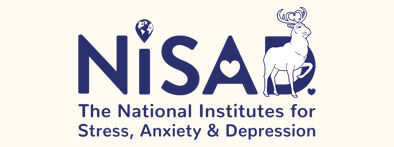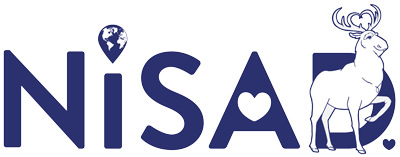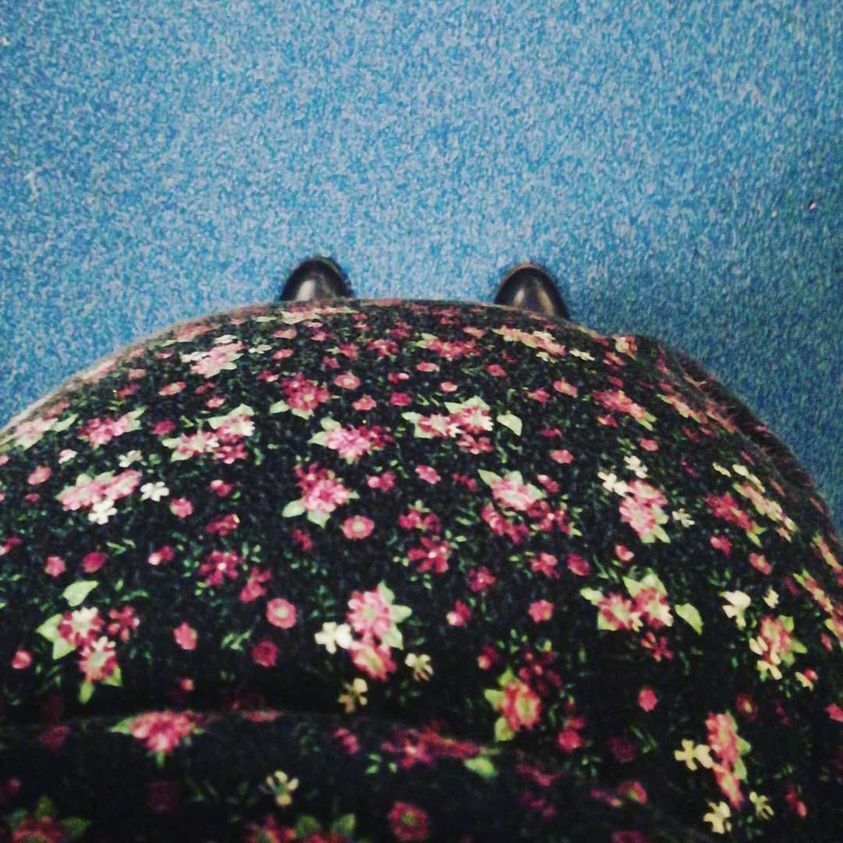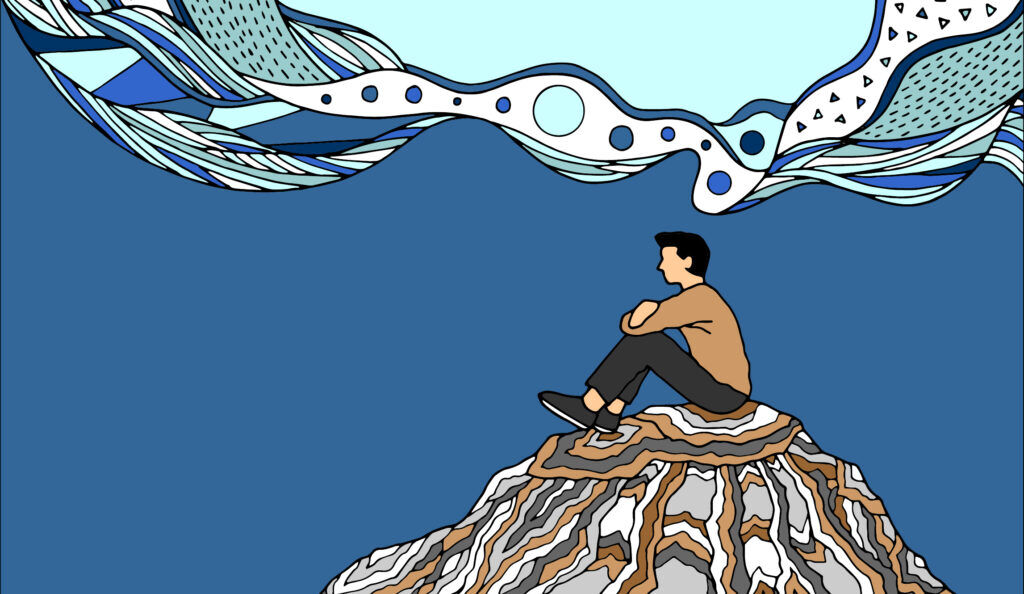NISAD
How our innovation is funded
As an R&D organisation that thinks differently – our funders do too.
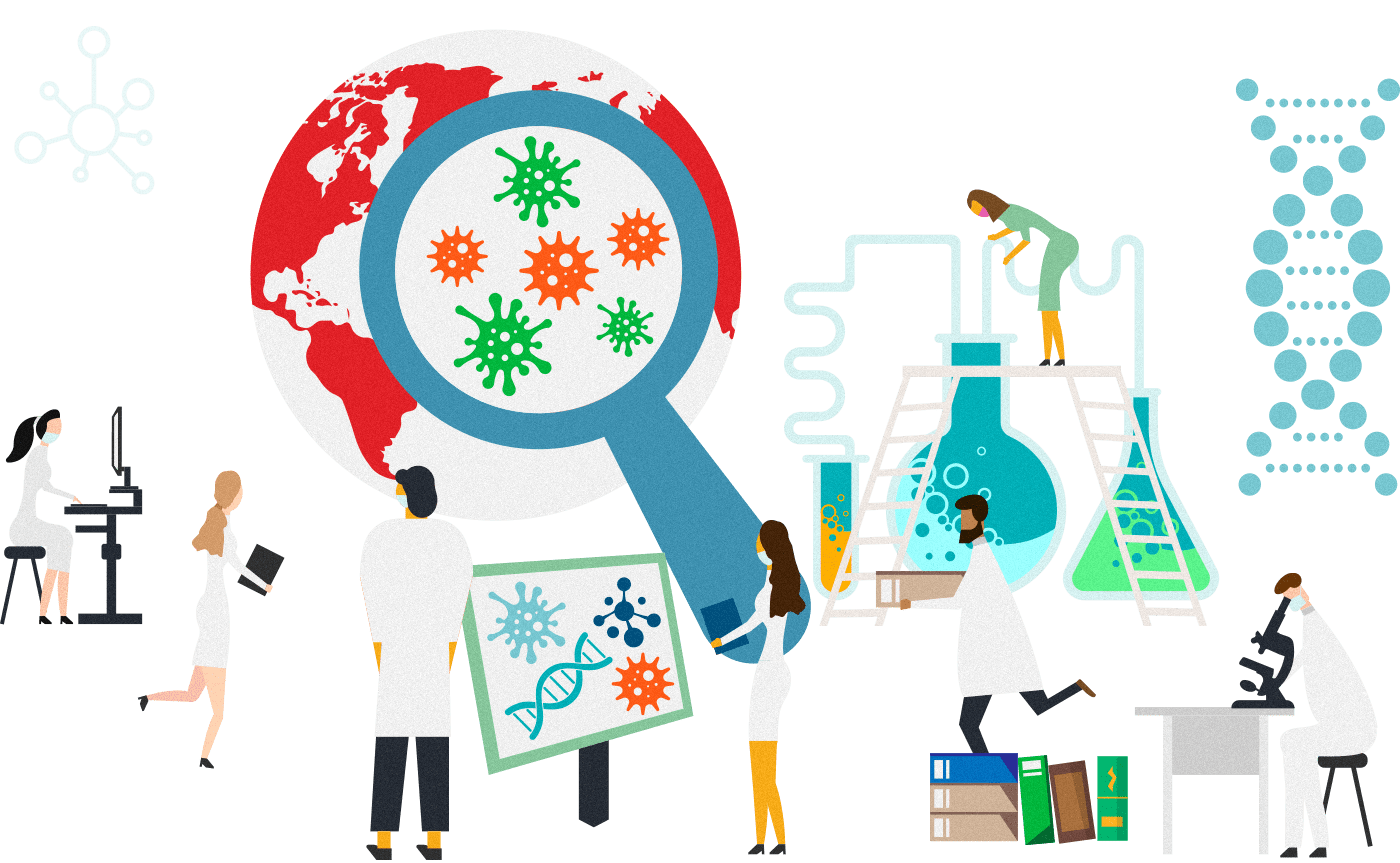
NISAD
How our innovation is funded

As an R&D organisation that thinks differently – our funders do too.
Innovation
Finding new ways to solve old, and not-so-old, problems is at the very centre of what NISAD is about, and what NISAD does.
True innovation calls for a very particular mind-set that isn’t supported by many organisations where research and development take place. It is also expensive.
How does NISAD navigate these obstacles?
Innovative mind-set: supporting collaboration over competition
Many people would expect scientists and clinicians – the two key types of people who work across the world looking for ways to reduce stress, anxiety and depression – to be very comfortable with creating new ideas; finding new ways to solve challenges.
So, it may come as a bit of a surprise, that we have found that this simply isn’t true. Most are anything but comfortable.
The reason seems to be this…
In most organisations where research takes place, there is a pervading atmosphere of competitiveness. Clever people, with new ideas, compete against one another to gain respect and promotion.
Getting people to compete against one another seems, on the surface, to be a good way to focus highly intelligent minds! But…
Although the idea of competing against your colleagues, and getting rewarded if you come up with a bigger, or better, idea than they do, initially gets the creative juices flowing, it rarely lasts. In a situation where your colleagues are, effectively, the people you are working against, you will often have a spurt of inspiration, then get to a point where you are uncertain about the next step. Then what?
When in competition
you are very unlikely to seek help when you need it. Secretive and suspicious, you need to make your colleagues believe that you are on top of your project, really in control, especially when you aren’t!
So, if you have scientists and clinicians working in an environment where they are competing against one another, you get a lot of ideas that look like they have potential, but never really blossom.
Ah but! Is there a case for competition?
The centuries old systems of working have largely encouraged competitiveness and combativeness within organisations. Many people working in them are wired to compete to gain rewards and status.
So, the question NISAD asked itself was “is there a way to satisfy human beings’ natural affinity to competitiveness, without having colleagues essentially fighting against one another, instead of co-operating?”
What we found was that competitiveness had, as we suspected, its uses. But that was eliminated if an R&D project that needed a team had competitiveness within itself. The competitiveness needed to be focussed outside the team.
To be honest, this isn’t rocket science. Many research organisations have discovered that they need to harness their teams’ need for competitiveness so that it doesn’t become a self-defeating, self-destructive force. Usually, this involves creating a sense of competition between the organisation and other establishments that are producing similar types of products or services. But…
We at NISAD, a charity that doesn’t really have competitors, believe there is a much better way.
Competitiveness, even when it is focussed outside one’s own organisation, uses up a lot of energy and enthusiasm that, probably, should be focused on producing truly innovative and life-changing ideas and then seeing them through. Creating a commercial war with another organisation often becomes a debilitating distraction that limits innovation.
Indeed, proper thinking-in-a-really-different-way calls for a collaborative mindset.
Funding that supports true innovation
And this is where our thoughts turned to another time-consuming and often emotionally debilitating part of running a research and development organisation. The constant need to find funding.
For most research and development organisations the interaction with funders is, in itself, heavily laden with what we believe is unnecessary hustle. Well-meaning funders create a race track full of hurdles and challenges and lots of organisations that need funding compete against one another.
Funding is at the epicentre of the pervading atmosphere of unnecessary competition that leads to suspicion and misunderstanding between research and development establishments that would, we believe, gain much from more readily available co-operation.
It’s true that in some areas of research and development, for example in pharmaceuticals, a case can be made that says competition between companies has produced many important new products. But this misses the point. Most successful pharmaceutical companies are very large and have huge budgets. Furthermore, they often need only ask their shareholders, and funds for a new project are forthcoming.

We, at NISAD, believe that real innovation very often comes from the little people. The small, often new, organisations that have a handful or two of talented, different-thinking people who work in an atmosphere that permits decision-making, because getting it right the first time is neither expected nor encouraged.
So, over a decade ago, we turned our human affinity for competitiveness into a quest. A quest to find funders who believe in the way that we think, who believe in what we are trying to achieve, and who, like us, know that judging one’s colleagues is outdated and unproductive. We looked for funders who believed in the things that we do, that there are better ways of doing many things if only we think differently, that the most important people in a project are those we hope to support, and those addressing the challenges that are stopping us supporting them.
Most of all, we looked for funders who didn’t get a buzz by running a competition where lots of worthy R&D organisations tried to better one another; and who realised that a grant application model has to be assembled so that it will quickly spot cases where the application may be inappropriate, or not worth the time spent on it.
So, who funds the R&D for the games, stories, biomedicine, clinical expertise and IT delivery needed to produce the ELK programmes and services that NISAD designs?
(2) Private individuals who NISAD has helped when things seemed very desperate – often via clinics
(3) Organisations that want us to provide high-quality employment in their location
(5) People who have particular, often personal, reasons to encourage research in certain areas
(6) Schemes designed to encourage innovation, research and development
Insight, Stories & News
Letting go of expectations as a new mother
Babies don’t come with instructions. Yet I felt like the instructions practically rained over me since the day I announced my pregnancy. I’ve...
What’s the difference between fear and anxiety?
Performance anxiety, fear of public-speaking or good, old stage fright? Fear of flying or being a nervous flyer? Social phobia or social anxiety?...
What would we tell our 15 year old selves?
Many people think of their teenage years as a tough time in their lives for various reasons. Being between childhood and adulthood is an awkward...
